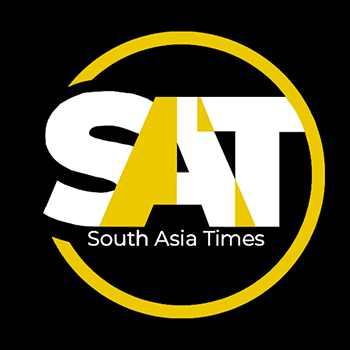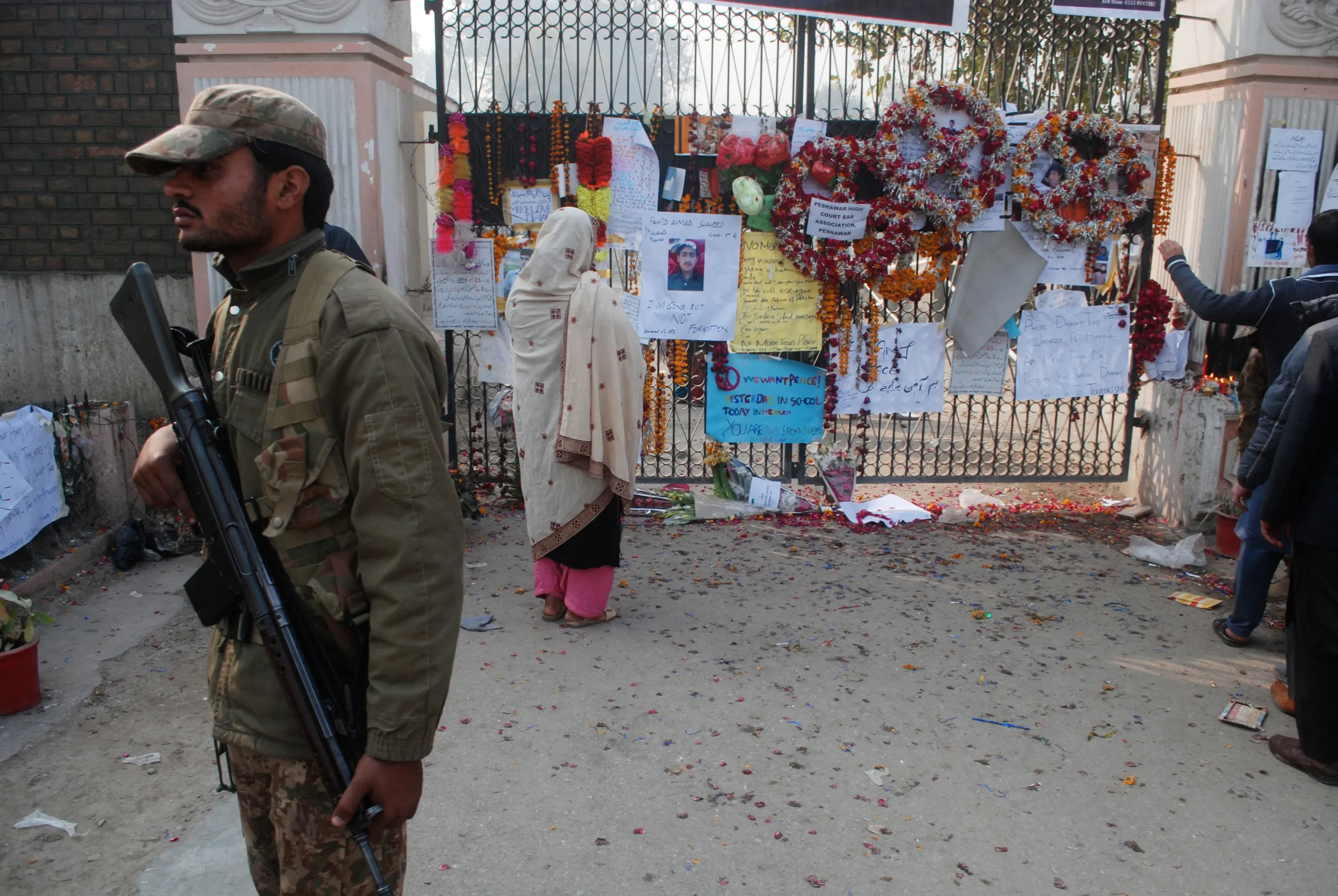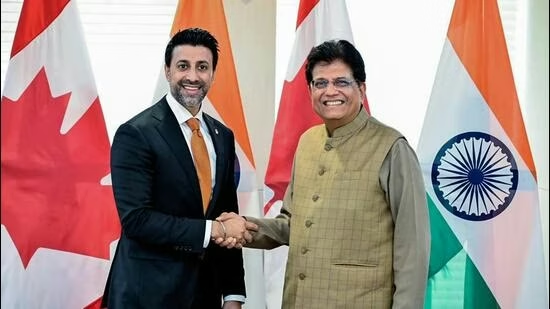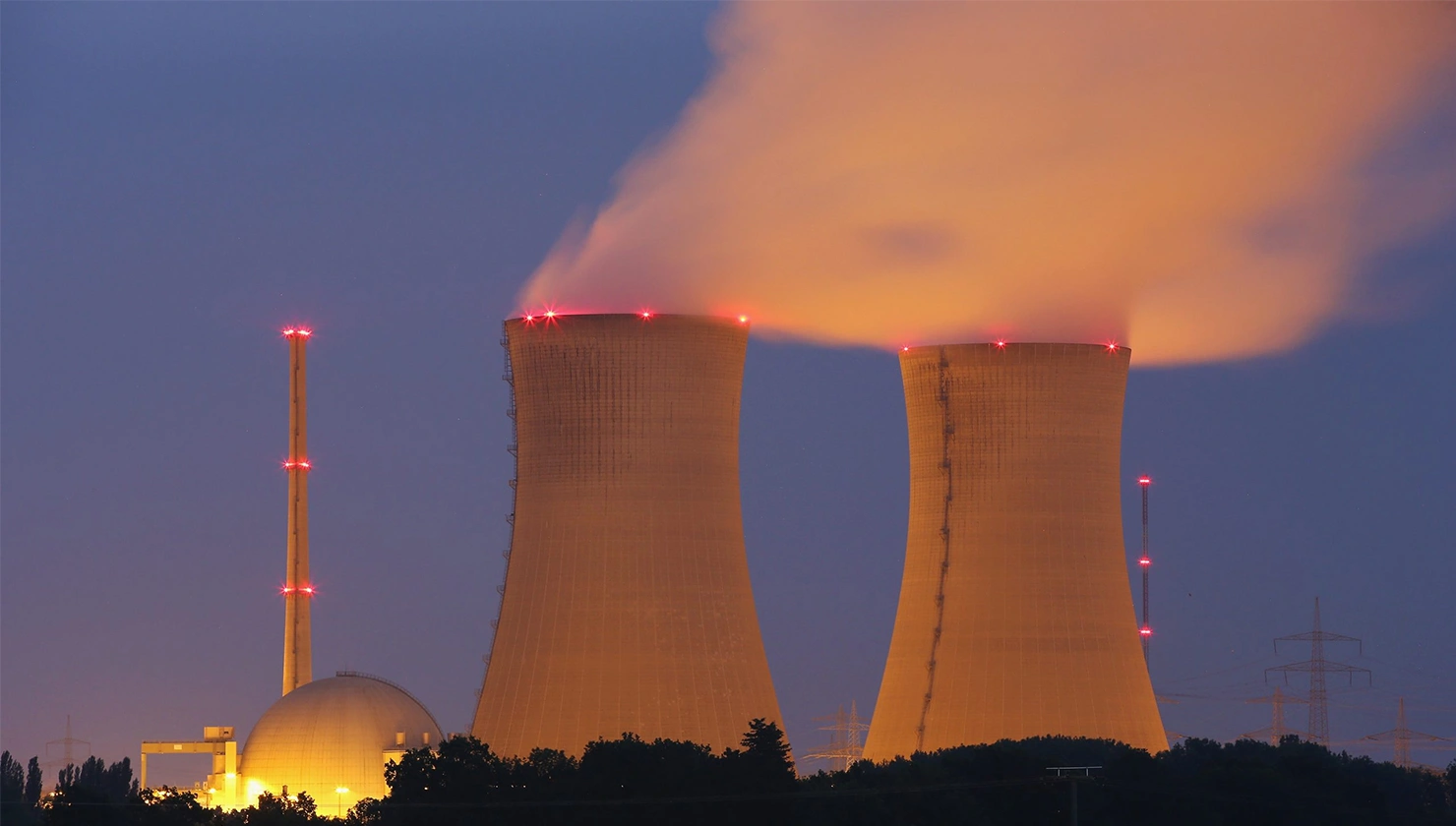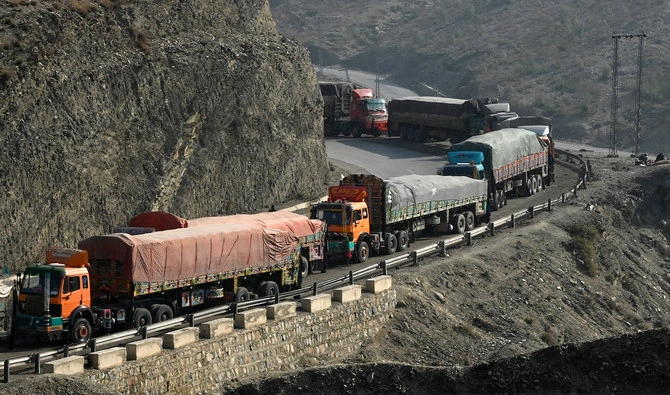Technology has transformed over the years and has brought evolution into the war waging apparatus. Along with altering the nature of fighting a war. In the words of Qiao Liang and Wang Xiangsui, “If we acknowledge that the new principles of war are no longer using armed force to compel the enemy to submit to one\’s will,\” but rather are \”using all means, including armed force or non-armed force, military and non-military, and lethal and non-lethal means to compel the enemy to accept one\’s interests.[1]” In this technologically advanced world, our enemies learn and adjust their tactics to fight a war, and to survive these onslaughts, we are required to do the same or else we cannot compete.
The first three generations of warfare mainly comprised of the progression in the military strategy i.e. starting from the line-and-column tactics in the battlefield to the development of modern military strategies such as; blitzkrieg, shock tactics, military swarming, and decapitation strikes, etc. The fourth generation of warfare, however, brought a radical change in the history of warfare as the state lost its monopoly on war due to the emergence of non-state adversaries.[2] Grounded on ideology or religious factors, this is a highly sophisticated psychological war, not based on targeting the military of a state but rather its society by utilizing modern-day technology.
Entering an Era of Chaos and Confusion – Hybrid warfare Applications
Having a shift in organization, strategy, and contestants, the 4th generation of warfare has entered into a much more complicated era, where images of friends and foes are blurred to quite an extent. Thus, changing the face of warfare by all means, which now has been identified and labeled as the 5th generation of warfare. The relationship between the conventional, non-conventional, and hybrid warfare can be understood from the following
Ingredients of Hybrid Warfare:
The 5th generation of warfare also known as hybrid war is intended to exploit the liabilities of a state through political, military, economic, social, informational, and infrastructure (PMESII) continuum. On the other end, Diplomatic, Informational, Military, and/or Economic (DIME) is also applied through various means and methods[1]. In simple terms, it is more of a multi-domain battle acting against a state’s land, sea, air, space, and cyber zone by the adversaries even without having clear political objectives.
In regions like Middle East, South Asia, and Africa, chances of imposing and implementing modules of 5th generation warfare are higher due to poverty, social, political prejudices, and economic deprivation. Unfortunately, there is no apparent effective defense mechanism is in place. In the case of Pakistan, the story is not very different. It is facing both internal and external threats further coupled with social, political, economic turmoil within the country. Making it a potential target and hotbed for fifth-generation war driven by the intra-state masses. A many-faced onslaught has grasped the country, resulting in intolerance, polarization, a trust deficit between state institutions, confused narratives, identity crisis, etc.
In the words of Sun Tzu, “Know yourself, know your enemy and know the battlefield and you will win a hundred battles”. Pakistan needs to rigorously work on these three aspects –
- Identify the strength and weakness of the state
- Identify the strength and weakness of the enemy state/entity/organization
- Learn and equip yourself about the knowledge of the battlefield and its dynamics
Pakistan on one hand is called a strategically gifted country, with an abundance of resources at its disposal, which presents a lot of opportunities for the country. However, at the same time, it is termed as a country carrying the weight of strategic-curse,[1] where its location, resources, and potential has become a reason for conflicts and threats, making it a target of hegemonic designs of different stakeholders.
Secondly, due to unemployment, pitiable health and education, and lack of justice in various parts of the country like Gilgit-Baltistan and Balochistan, despair boils into anger and results in hate speech and violence against the state. Ethnic clashes and religious extremism adds further fuel to this fire. This contemptible situation is more often exploited by both internal and external adversaries.
Another aspect of the 5th GW is cyberwar is how our lives today revolve around the internet, online marketing, and digital networking. The same elements are being used as a tool to gather data, keep surveillance, and map a person’s habits, likes, dislikes, family trees, and mode trends. Similarly, cyber-attacks aim to dismantle high profile websites, disrupt indispensable services, steal confidential data from government websites, and cripple the financial systems of the state.
Sadly, the above-mentioned situation does validate that Pakistan is in the middle of 5th generation warfare which can only be won if essential measures are taken to deal with it. Few actions can be taken in this regard as follows;
- The first and foremost task is to generate awareness among the public on how to protect their data from being stolen. Kevin Mitnik, in his book ‘the art of intrusion,’ explained how most of the time, people mistakenly hand over their basic personal information over the phone and electronically, without realizing that the information can be used against them[2]. It is important to arrange seminars and workshops by the government and cyber-crime officials to teach people the landscape of the internet in Pakistan and what necessary measures they should take to protect themselves from digital scams.
- Strict legal actions should be taken against those convicted of cyber-crimes in Pakistan.
- The government needs to bring reforms in the National Cyber-crime department, so during emergencies, rapid response and recovery of attacked assets can be assured.
- Clause 9,11,13,14 and 18 of the National Action Plan needs to be implemented immediately and effectively that deals with the system of check and balance on electronic and print media as well as religious seminaries promoting extremism and sectarianism. It is time to call the bluff of the religious clerics who are exploiting the faith of innocent people to achieve their agendas.
- Advancement in the National strategy needs to take place as the trends in warfare are continuously evolving. The Defense Cabinet Committee and National Security Council of Pakistan should develop effective mechanisms to get rapid and constant feedbacks from state-owned research institutes to ensure the security of the state in the long-run.
- The government needs to bring economic reforms and ensure a continuous supply of basic needs to its citizens such as food and energy. The economic structure of Pakistan must be strong enough to survive through global recessions, natural disasters, and enemy maneuvers. Defense Cabinet Committee and the National Security Council should form policies to handle tough situations.
- Reforms in media policy are eminent. No television channel and radio station should be allowed to promote Indian culture as it has a deep influence on society as a whole. Under the name of ‘freedom of expression,’ many news channels and journalists are promoting hatred and Indian schemes, harsh action should be taken against them. PEMRA should create a system of strict checks and balances.
- The government must take effective and practical measures to create jobs, improve health and education in the country.
- And last but not least, the government should bring forward the Baloch and Pashtun community and involve them in state affairs. Like people from other provinces of Pakistan, they also need to equally participate in the developmental projects as they are no less than others. Being the citizen of Pakistan, every community must realize that a ‘United Pakistan’ is in the best interest of all
